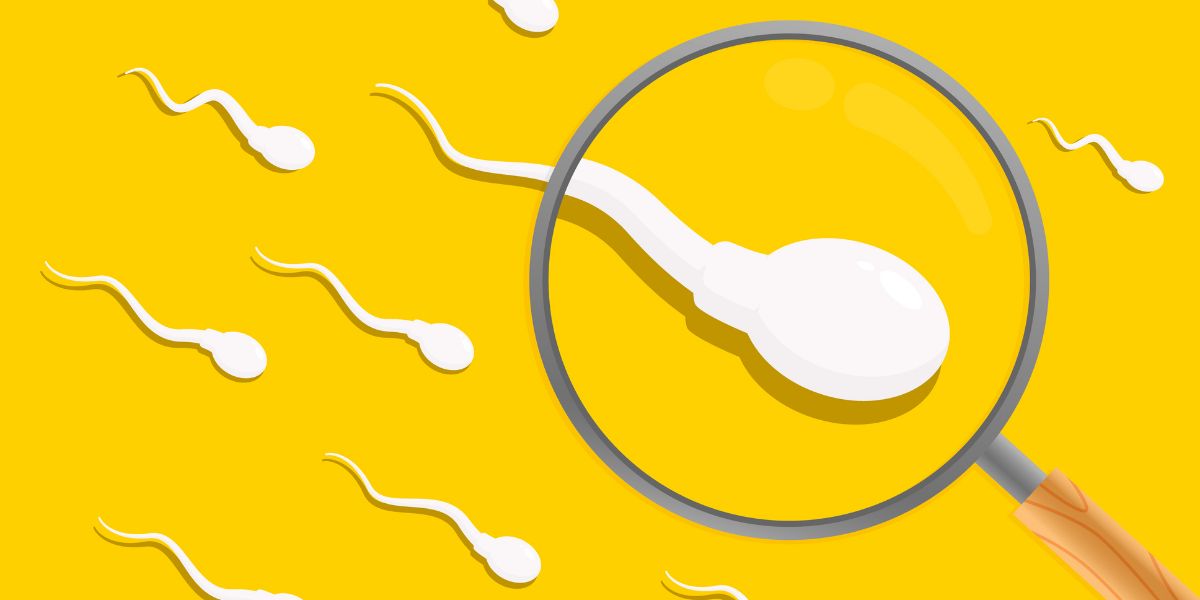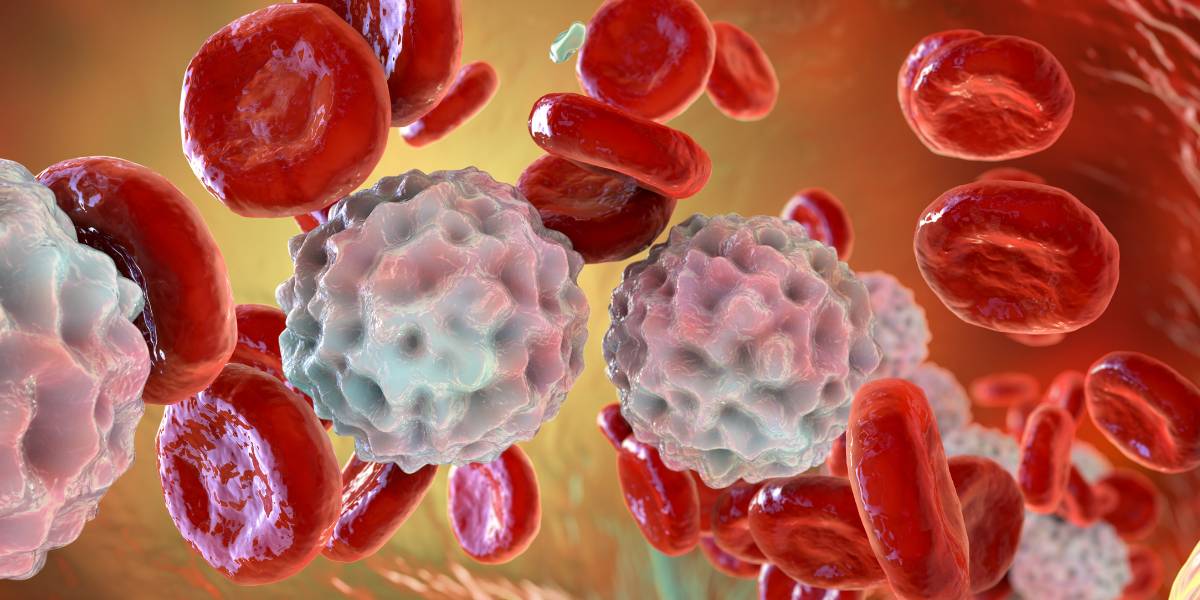Periodontitis, or gum disease, is a serious infection that can develop quickly without proper treatment intervention.
Around 45% of the UK population have periodontitis of varying severity. 10% of people have the most severe form, which can result in tooth loss.
People with diabetes are more likely to experience gum disease following long-term poor blood sugar control.
- Read more about diabetes and gum disease
The stages of gum disease
Gum disease is classified on the severity of its development. There are three main stages of gum disease:
Gingivitis
Gingivitis develops when the gums become irritated by the bacteria in plaque and bleed when you clean your teeth, or sometimes when you eat. This causes gums to become swollen and red.
- Read more about gingivitis
Mild Periodontitis
If gum irritation does not improve it can lead to more serious gum disease (periodontitis) which damages the gum and the bone supporting the teeth. Gum pockets open between the gum and tooth which allows the plaque bacteria to grow down under the edge of your gum, making it harder for you to reach with cleaning. The conversion of gingivitis to periodontitis is more common in people who have a family history of gum disease, poor plaque removal techniques and uncontrolled blood sugar levels. In order to prevent further progression a prompt visit to the dentist is required.
Severe Periodontitis
This is the most advanced stage of gum disease with significant tissue and bone loss around the teeth. This leads to shrinking (receding) gums, gaps appearing between the teeth, loose teeth, difficulty eating and ultimately tooth loss.
How is periodontitis treated?
Gingivitis, the first stage of gum disease, is treated by improving your plaque removal regime and making sure teeth are brushed and cleaned effectively twice daily. Keeping blood glucose levels under control will also help to prevent the disease and stop it from getting worse.
Your dentist or dental hygienist can give you advice on a home dental health care program, which will include having a healthy lifestyle and stopping bad habits such as smoking.
You might when you start cleaning effectively your gums may bleed more, which is normal. Keep cleaning and the bleeding will reduce and eventually stop.
- Read more about brushing and cleaning techniques
For patients with periodontitis, an intensive course of treatment will be necessary. This will include removing the tartar from around the gum line and also deep scaling below the gum margin to remove the plaque and tartar deposits from the roots of the teeth. This is carried out by a dentist or hygienist who will give you an injection to numb your teeth and gums.
One of the side effects of treatment is that as the gums heal they shrink, the teeth appear longer and the gaps between the teeth may increase. Larger brushes for cleaning in between the teeth will be required. The exposed root surfaces are more sensitive to hot and cold foods and drinks. This usually improves in a few weeks but if not you can use a toothpaste designed to treat sensitivity or have other treatments provided by your dentist.
If there is no improvement in your gums after treatment with your dentist or hygienist, you may be referred to a periodontist (gum disease specialist). If patients do not respond to thorough deep scaling and if their plaque removal is excellent, surgery is an option in localised areas.
If a patient has severe periodonitis with receding gums and bone destructio, the bone cannot, in most cases, be replaced. However, the good news is that the condition can be stabilised and the teeth, if they were loose, should feel firmer. The patient can maintain the teeth for much longer than without treatment, hopefully for life. Most importantly it has been shown that the treatment of periodontitis can improve blood sugar control and reduce the risk of experiencing the other complications of diabetes.
What is the alternative to having treatment?
If you decide not to have treatment your gum disease is likely to get worse and your teeth become looser. Your bad breath will not improve and you may suffer from painful abscesses. You are also more likely to lose your teeth sooner than if you did have treatment.
Sometimes it is better to remove a very severely affected tooth, as this is a quick way of treating pain. Also if you do not like the appearance of your front teeth a bridge, implant or denture may look better. However, most people prefer to keep their own teeth, as it is easier and more enjoyable to eat with natural teeth than with replacements. If you decide to have implants, gum disease around the other teeth must be treated and stabilised before implants can be placed.






